Patmos to Build $1B Kansas City Data Center
The adaptive reuse project marks the company's second location in the metro.
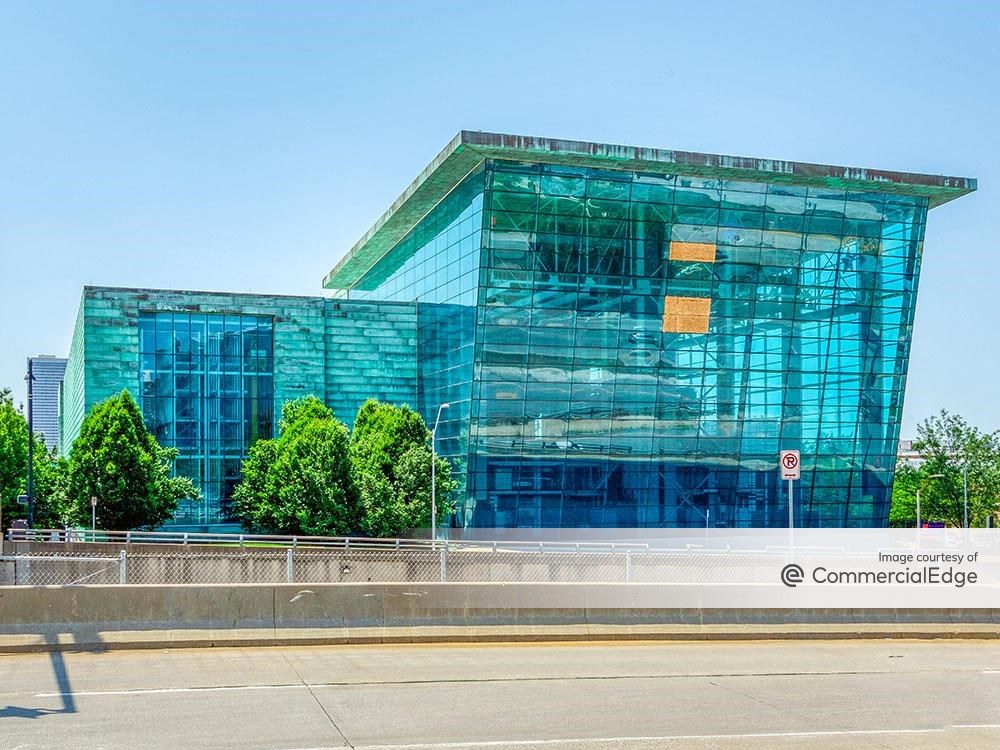
Patmos is expanding its Kansas City, Mo., presence with a second data center campus. The company is spending $1 billion to repurpose a vacant printing plant, formerly used by Kansas City Star, into a 100-megawatt facility.
The data center and cloud provider will oversee each development phase in-house and expects to have the first 5 megawatts online next month. Over a period of 18 months, the firm plans to have 40 megawatts ready.
Patmos’ new facility at 1601 McGee St. will have liquid and immersion cooling systems, along with rear-door heat exchangers.
The property is roughly 1 mile away from the company’s first Kansas City data center, a 4-megawatt facility at 1325 Tracy Ave. Patmos also has data centers in Dallas and Phoenix.
READ ALSO: How AI Is Pushing Cloud Data Center Providers to Scale Up
Ambassador Hospitality LLC owns the building, having picked it up in 2019 for $30.1 million, according to CommercialEdge data. Initially, Kansas City Star had plans to lease back the property for another 15 years, but it moved out in 2022, and the asset remained vacant until Patmos signed the agreement to occupy it, Kansas City Business Journal reported.
Midwest data center sector grows
Kansas City is one of the fastest-growing tech hubs in the U.S. The metro’s low natural disaster risk together with its affordable green energy and robust fiber optic infrastructure contribute to its increased popularity among developers, which in turn helps grow data center talent in the region.
On a larger scale, the Midwest is attracting more and more investment from the data center sector. Last month, Vantage Data Centers begun work on a $2 billion development, in Columbus, Ohio—its first project in the region.
In Chicago, one of the primary data center markets, CyrusOne started construction on its second data center campus. Plans call for two buildings, encompassing 446,000 square feet, which will deliver an initial 40 megawatts.

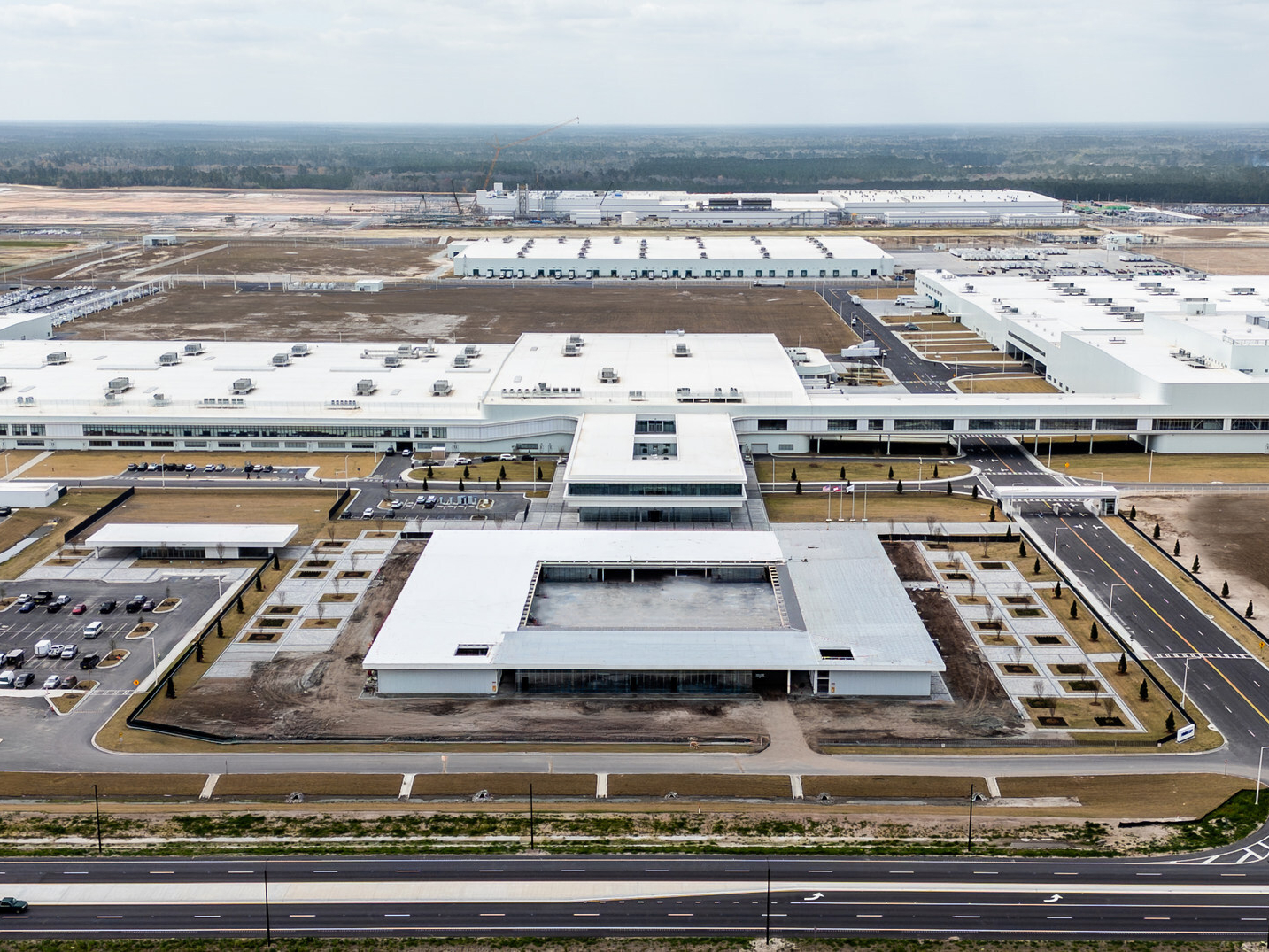
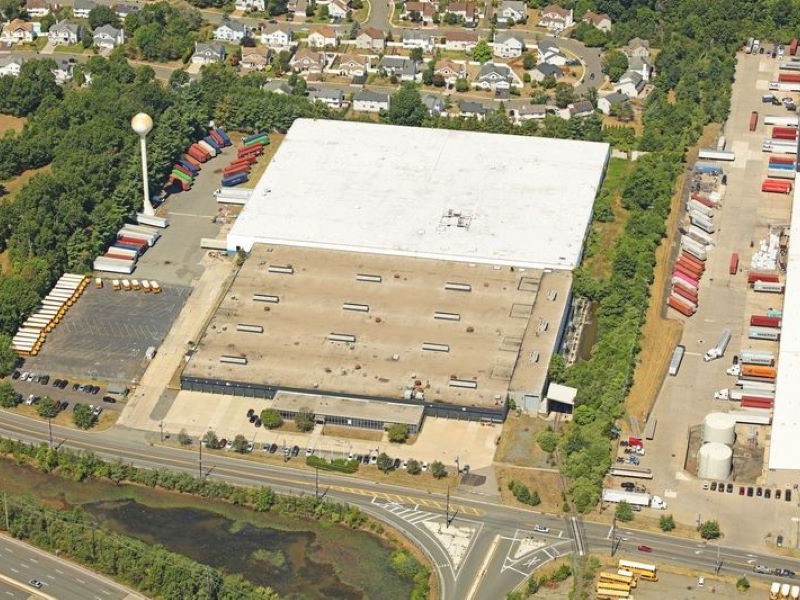
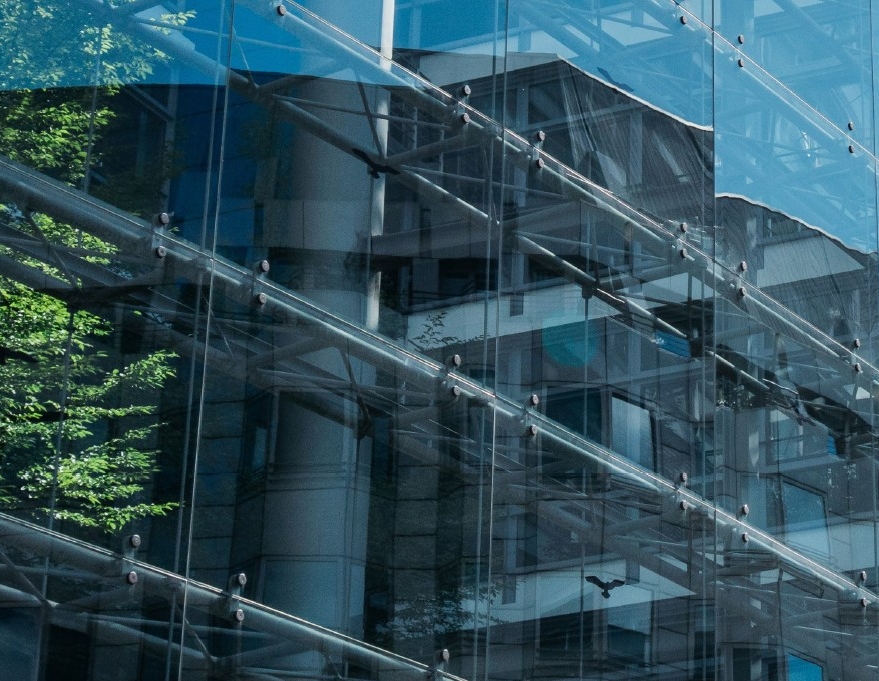

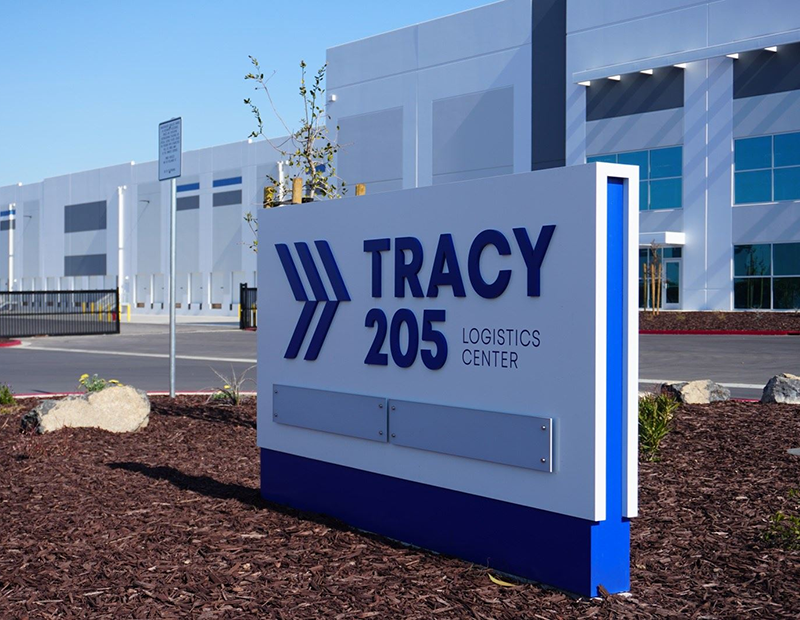
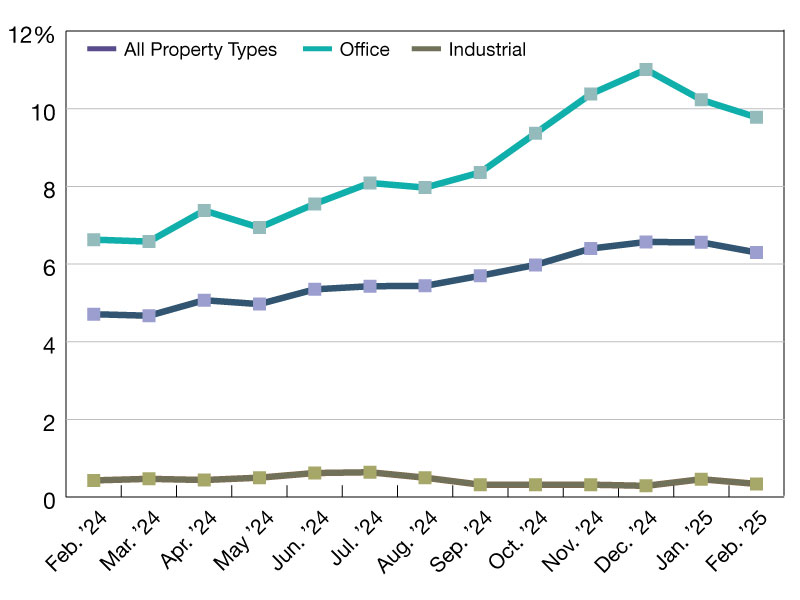
You must be logged in to post a comment.